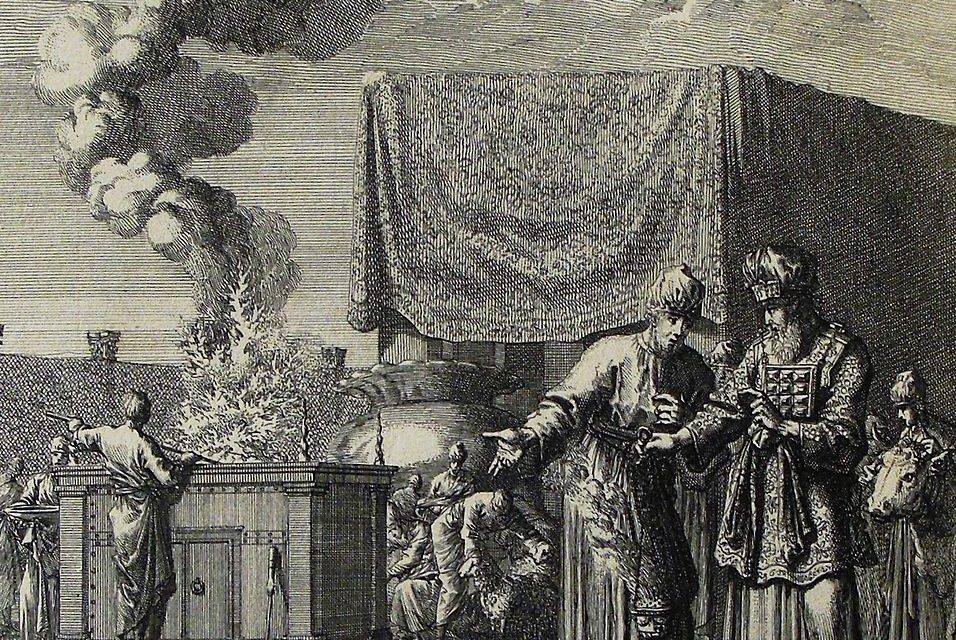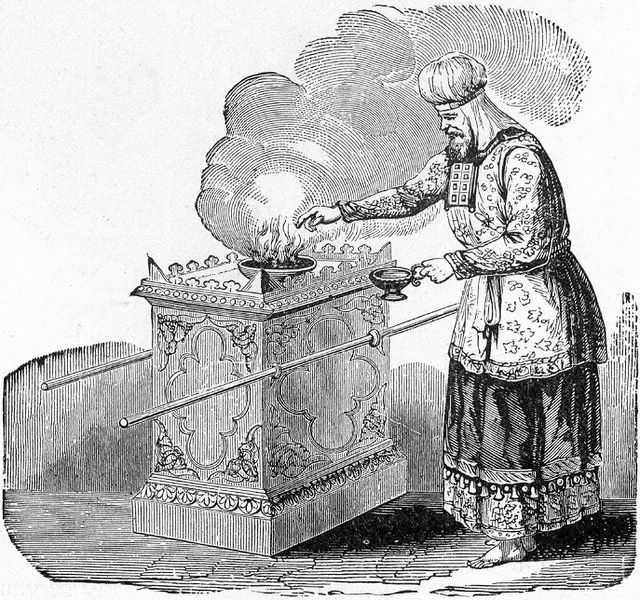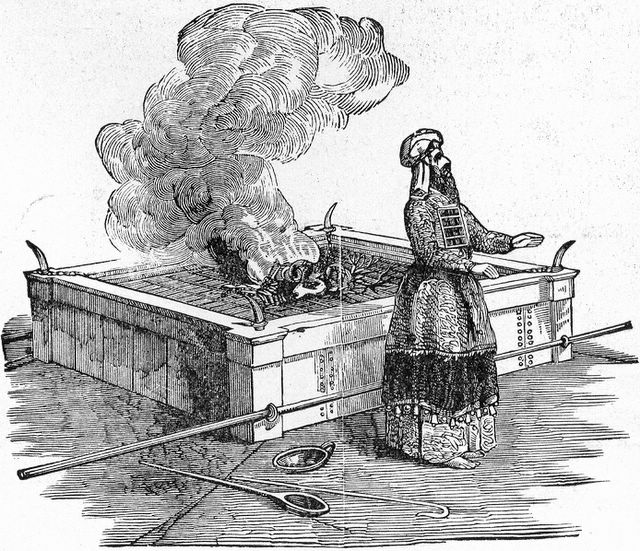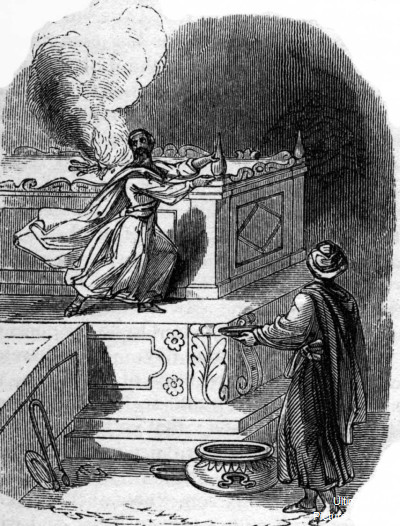When Jeremiah speaks for the Lord about the sins of Judah, he uses visual imagery of iron, diamond, tablets or table, heart, and the horns of the altars:
The sin of Judah is written with a pen of iron, and with the point of a diamond: it is graven upon the table (tablets) of their heart, and upon the horns of your altars; (Jeremiah 17: 1)
I guess I can understand a pen of iron — iron is one of the most common elements in the earth. By its mass alone, it is the most common element in the earth’s inner and outer core. Iron is interesting because it corrodes easily. Diamonds are hard gemstones. Perhaps Jeremiah is referring to the sins of Judah as being being inscribed on their hearts as a metaphor for a “hardened heart,” such is often used in the scriptures — for example when Pharaoh’s heart is hardened against God and Moses. (Exodus 8) Or when Paul advises the Hebrews,
See to it, brothers and sisters, that none of you has a sinful, unbelieving heart that turns away from the living God. But encourage one another daily, as long as it is called “Today,” so that none of you may be hardened by sin’s deceitfulness. (Hebrews 3: 12-13)
Sin seems to harden one’s heart by Paul’s use of the word. It’s not a bad metaphor, because even today, in medicine we hear of how cholesterol, fat, and other substances harden one’s heart, restricting blood flow to the heart (“hardening of the arteries.”)
When the Lord says that the sins of Judah are written upon the tablets of their heart with a pen of iron and point of a diamond, it seems to imply this idea of a hardened heart. Then, the Lord adds that these sins are also written upon the “horns of your altars.”
There are a couple of things here —
First, the horns of the altars refer to the Israelite laws pertaining to the tabernacle and temple. The priest would make an offering by killing a goat, calf, ox, or ram on the altar and then dip his finer in the blood and put it on the horns of the altar:
And Moses said unto Aaron, Go unto the altar, and offer thy sin offering, and thy burnt offering, and make an atonement for thyself, and for the people: and offer the offering of the people, and make an atonement for them; as the Lord commanded.
Aaron therefore went unto the altar, and slew the calf of the sin offering, which was for himself.
And the sons of Aaron brought the blood unto him: and he dipped his finger in the blood, and put it upon the horns of the altar, and poured out the blood at the bottom of the altar…Leviticus 9: 7-9
Second, the altar was used as a place of refuge or deliverance, as during the time of King David. For example, there’s the story of how Adonijah (one of King David’s sons) took it upon himself to become the next king without being appointed and anointed King — he was even having a big party so-to-speak. King David was old but still alive, and he called in his wife, Bathsheba and appointed their son, Solomon to be the next king. Upon hearing this, Adonijah ran to the altar and grabbed hold on the horns of the altar in hopes of being saved:
But Adonijah, in fear of Solomon, went and took hold of the horns of the altar. Then Solomon was told, “Adonijah is afraid of King Solomon and is clinging to the horns of the altar. (1 Kings 1:50-51)
Third, the Lord through Jeremiah may have been referring to how Judah was not using the altars as the law had required. Used appropriately the altars symbolized a place of deliverance. But Judah was guilty –
The sin of Judah is written with a pen of iron, and with the point of a diamond: it is graven upon the table (tablets) of their heart, and upon the horns of your altars; (Jeremiah 17: 1)
When Lehi and his family left Jerusalem and settled in the Promise Land, they brought with them the laws of Moses. The altar continued to be a place of deliverance:





